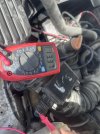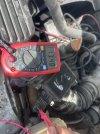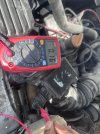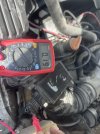hi_arshard
Member
- Posts
- 56
Hi guys, anyone has experience with discovery 1 , V8, MAF - 14 CUX. Car is running very rich black smoke and huge fuel consumption. When checked the reading from MAF on idle it is 12 to 13v which is very high. it’s supposed to be 1.3 to 1.5v. Appreciate any leads what need to be checked next….
I have checked with 3 different MAF’s
I have checked with 3 different MAF’s





